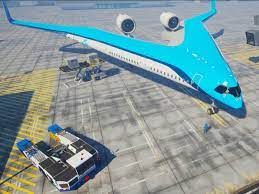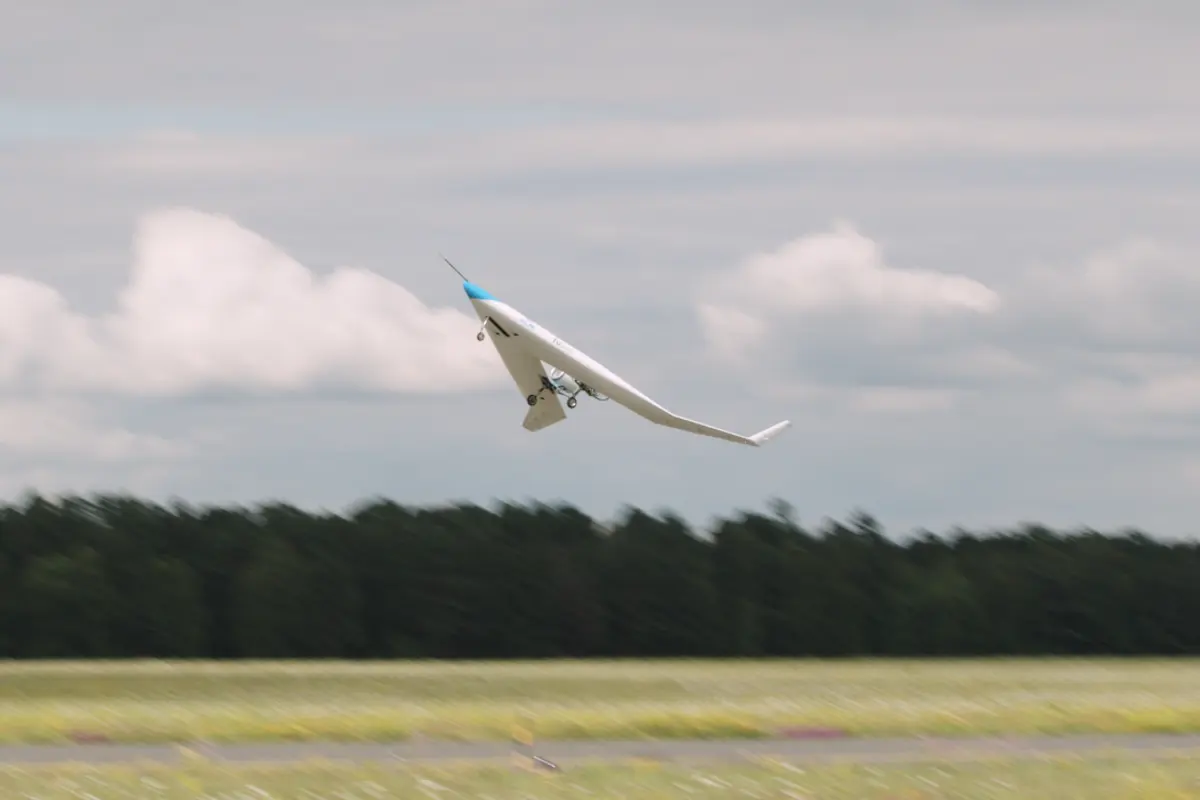The Flying Wing is one of the many designs that enable widespread sustainability in aviation. There have been many designs and variants of the aircraft, including the Northrop YB-49 and the B-2 Spirit. However, it has never been used commercially or for large scale cargo transport. Dutch university TU Delft has partnered with KLM to fix that. Their design, known as the Flying-V, is based on a large, swept wing found in most airlines that have been combined.
TU Delft’s Flying-V has two engines to maximize efficiency. Compared to the leaked “797” photoshop 17 years ago, this variant will be lighter. KLM has set requirements of fuel burn and capacity, and ICAO has set limits of apron space the aircraft should take up. Set to be a medium range hauler, this aircraft is the perfect size for, say, a trip from Amsterdam to Dubai. An increase in exit doors is required due to the requirement for evacuations to take place within 90 seconds. Last, but not least, the aircraft does not have foldable wings, limiting what type of gate can house the plane.

The Flying-V is so efficient is because of its large wing structure. According to their website, the aircraft will purportedly use “20% less fuel than the Airbus A350”. What is more, the craft can be used with SAF like biofuel and hydrogen to incur even more carbon savings. Finally, the aircraft itself will be lighter due to the fact that it does not need separate stabilizers. The aircraft will need less fuel to fly (or less powerful fuels), adding to the sustainable potential of the design.
The Flying-V is a remarkable step forward in the flying wing family. It displays the promise of working with both industry and commercial airlines to develop new technologies. If a large manufacturer picks up this idea, it is possible we could see production within a decade.

Really made me think differently about the topic.